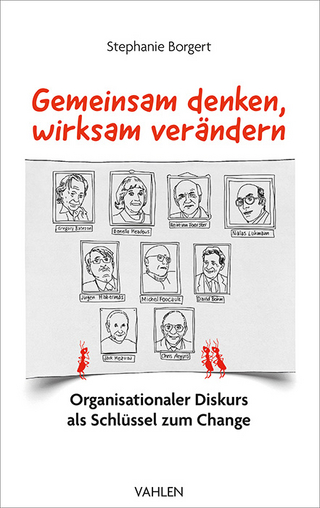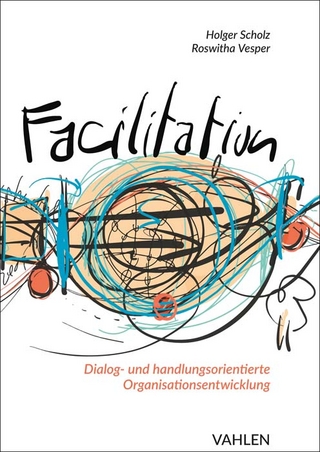
Operating Under High-Risk Conditions in Temporary Organizations
Routledge (Verlag)
978-0-8153-9502-7 (ISBN)
Organizations increasingly use temporary designs. Many temporary organizations are assembled by "mixing and matching" building blocks from static, bureaucratic, parent organizations into a temporary configuration. At the same time, such "mixed and matched" temporary organizations often operate under difficult and dangerous circumstances. During operations, these temporary organizations can experience numerous internal problems: ranging from friendly fire in a military context to budget and time issues in construction projects and problematic coordination in a crisis management context.
This book develops insight into the relationship between a "mixing and matching" temporary design strategy and operational problems. To so do, military and crisis management contexts are systematically studied from a sociotechnical design perspective that emphasizes self-organization to develop organizational controllability.
Operating Under High-Risk Conditions in Temporary Organizations demonstrates that a "mixing and matching" design strategy can be related to system failure. Furthermore, it is shown that a process of self-design emerged in which operators attempted to create ad-hoc networks for meaningful, safe and controllable operations. The analyses result in a model that shows mechanisms between characteristics of organizational design and controllability of operations. Not only does this model have relevance to the military and crisis management contexts, relevance is also demonstrated for a broader family of temporary organizations and application of sociotechnical network design theory.
Matthijs Moorkamp is Assistant Professor in Organizational Design and Development at the Institute for Management Research, Radboud University Nijmegen, The Netherlands. He was previously affiliated with the Netherlands Defense Academy, Delft University of Technology and the University of Twente.
List of abbreviations
Preface
Chapter One: Introduction
Chapter Two: A review of three frequently used theories
Chapter Three: Temporary organization design and its implications for operations with Unmanned Aerial Vehicles in Afghanistan
Chapter Four: The influence of temporary organization design on the operations of Task Force Uruzgan
Chapter Five: Iraq and MH17, were operations in Afghanistan unique?
Chapter Six: Constructing a theory on temporary organizational design and controllability in dynamically complex conditions
Chapter Seven: Discussion and reflection
Appendix One: Organizational layout of the Royal Netherlands Army until reorganization in 2012
Appendix Two: List of references to the MH17 evaluation report
Index
| Erscheinungsdatum | 24.11.2018 |
|---|---|
| Reihe/Serie | Routledge Advances in Management and Business Studies |
| Zusatzinfo | 1 Tables, black and white |
| Verlagsort | New York |
| Sprache | englisch |
| Maße | 152 x 229 mm |
| Gewicht | 453 g |
| Themenwelt | Wirtschaft ► Betriebswirtschaft / Management ► Planung / Organisation |
| Wirtschaft ► Betriebswirtschaft / Management ► Unternehmensführung / Management | |
| ISBN-10 | 0-8153-9502-7 / 0815395027 |
| ISBN-13 | 978-0-8153-9502-7 / 9780815395027 |
| Zustand | Neuware |
| Haben Sie eine Frage zum Produkt? |
aus dem Bereich


